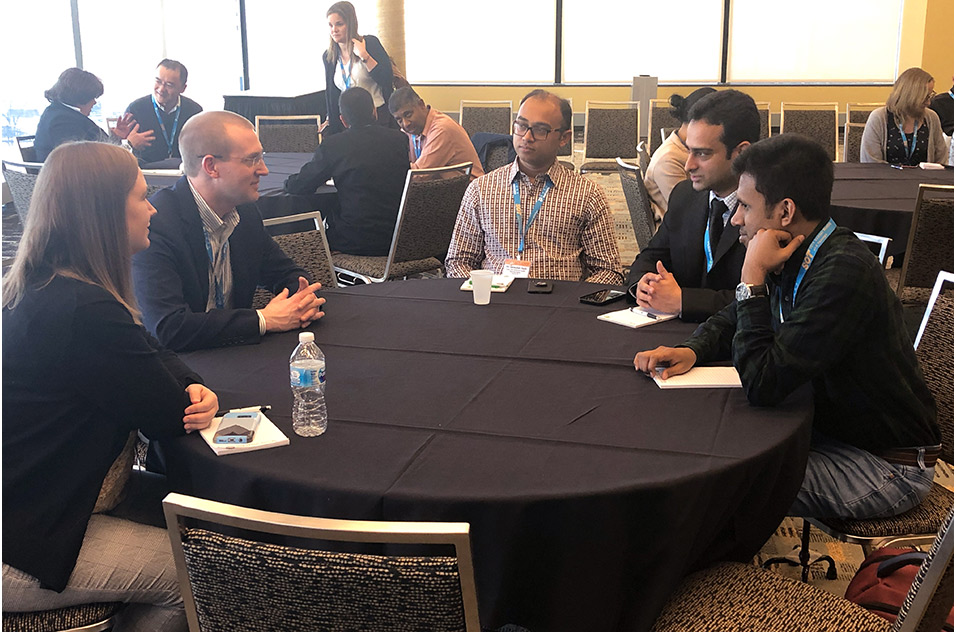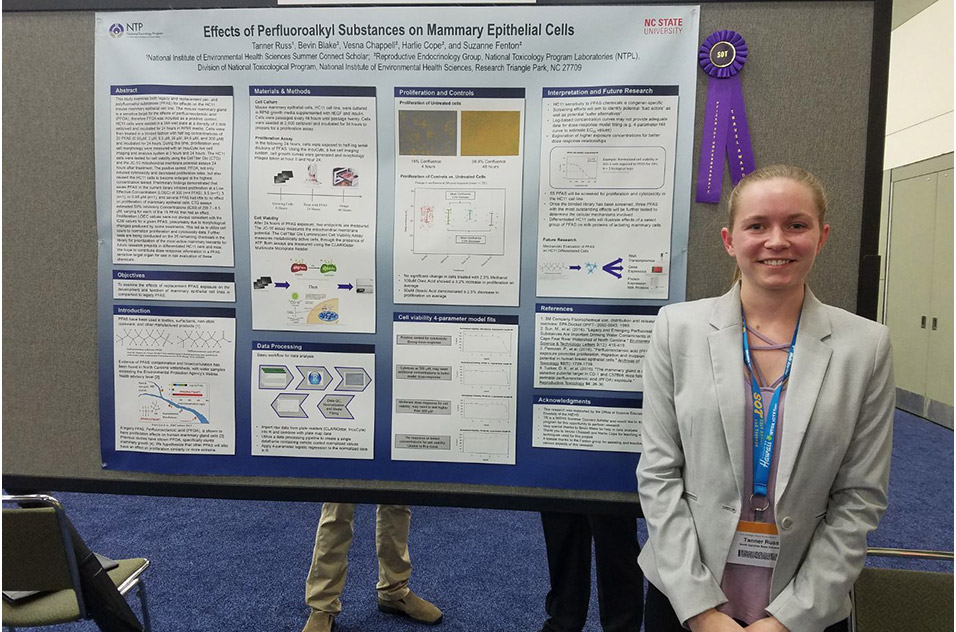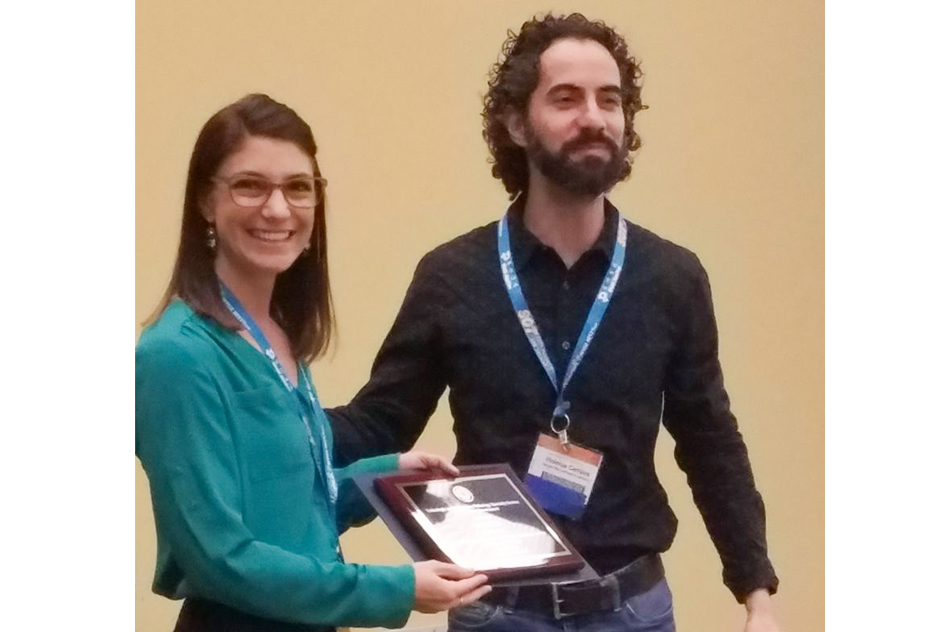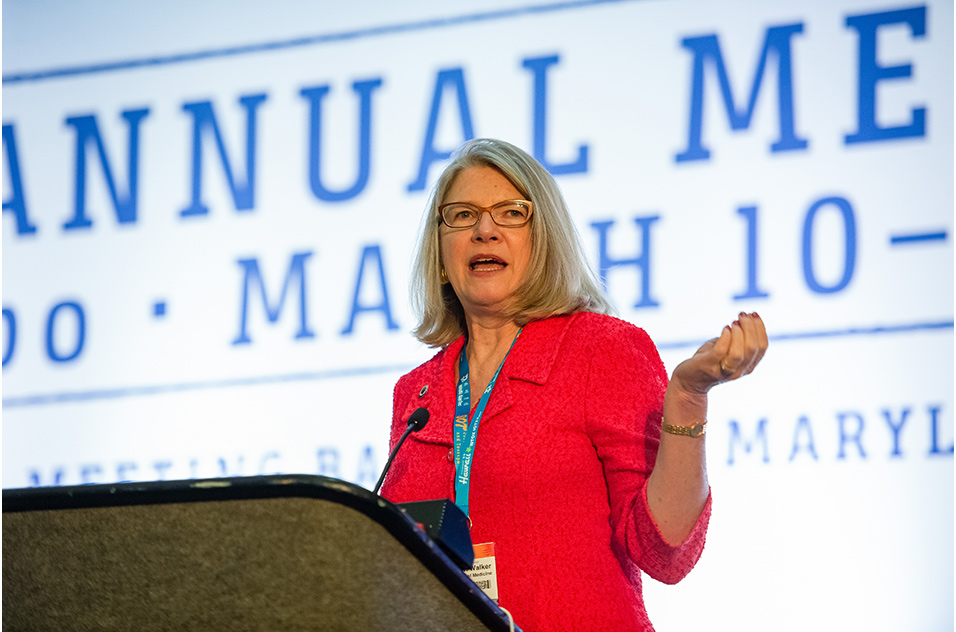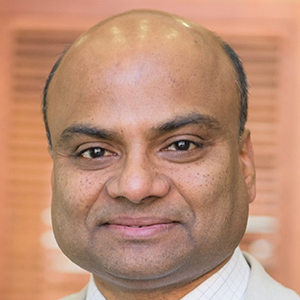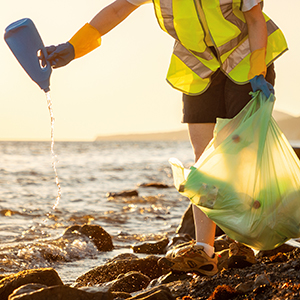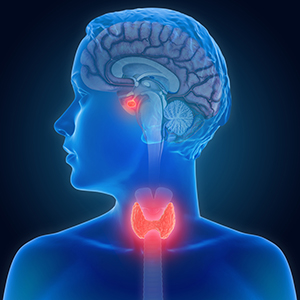The annual Society of Toxicology (SOT) meeting saw involvement from and awards for NIEHS and National Toxicology Program (NTP) scientists, leadership, and student researchers. Throughout the event at the Baltimore Convention Center March 10-14, NIEHS showcased its hard work through scientific and poster presentations, a National Institutes of Health (NIH) grant funding workshop, hands-on demonstrations, and awards (see sidebar).
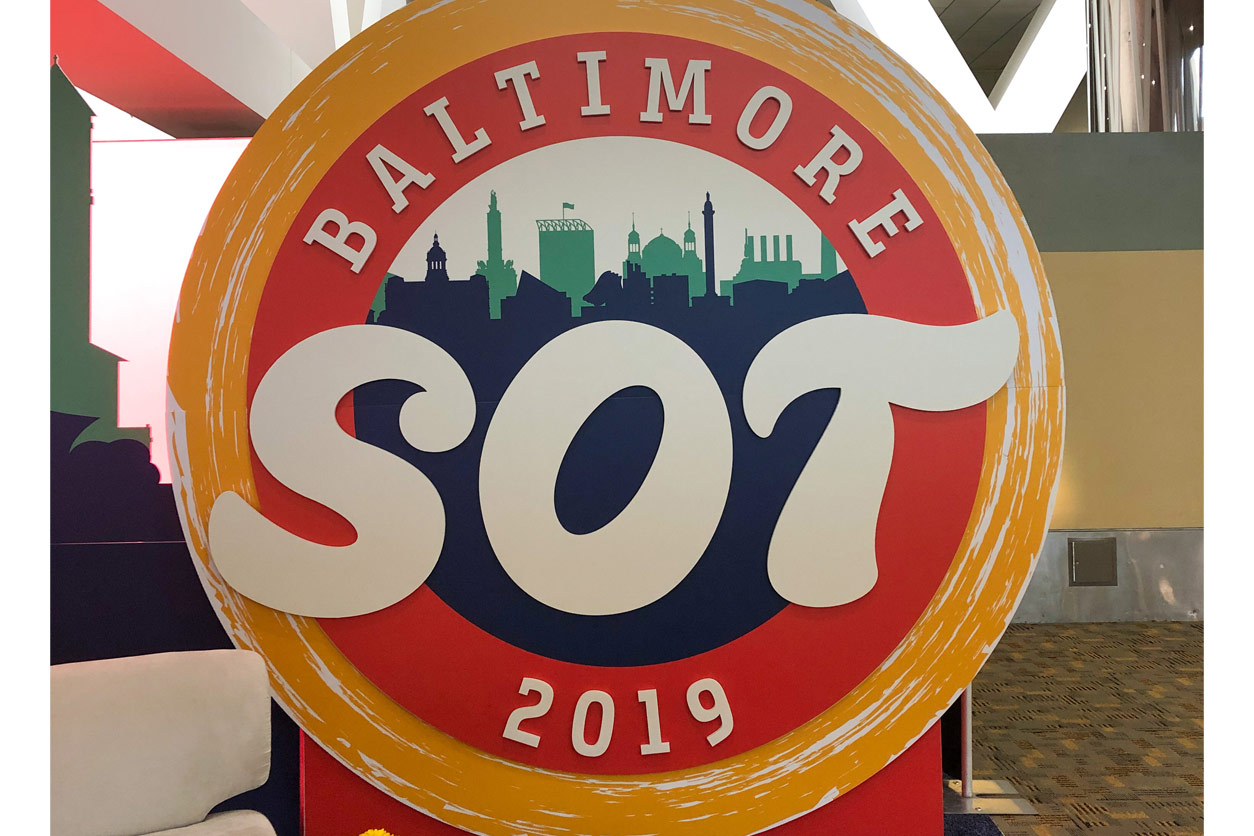 The Society of Toxicology’s annual meeting, one of the largest gatherings of toxicologists, showcased more than 80 scientific sessions and 2,100 abstract presentations. (Photo courtesy of Sheena Scruggs)
The Society of Toxicology’s annual meeting, one of the largest gatherings of toxicologists, showcased more than 80 scientific sessions and 2,100 abstract presentations. (Photo courtesy of Sheena Scruggs)Spotlight on e-waste
An emerging area in the field of toxicology is electronic waste, or e-waste, highlighted by a session chaired by Michelle Heacock, Ph.D., program officer at NIEHS.
Brittany Trottier, NIEHS health specialist, presented e-waste research from across the institute. “The increasing number of e-waste sites makes it challenging to protect humans and the environment,” she said. The hazardous substances recyclers are exposed to cause health effects, such as damage to the central nervous system and kidneys, according to Trottier.
Much of the waste is handled overseas in China, India, and other Asian countries. In 2013, the e-waste initiative became part of the World Health Organization Collaborating Centre for Environmental Health Sciences.
Linda Birnbaum, Ph.D., NIEHS and NTP director, discussed her biomonitoring of female e-waste recyclers in Vietnam that began about nine years ago. “Since then, the amount of e-waste recycling has increased dramatically and is still continuing to increase,” she said. “We needed to start doing health studies.”
Birnbaum shared that lead, blood mercury, and urine mercury were all higher in e-waste recyclers compared with nonrecyclers, as were levels of certain persistent organic pollutants (POPs). Other POP levels were comparable.
“We need to think about what occupational protocols we should be using to reduce the chemical exposures of recycling workers,” Birnbaum said. “And we need to be thinking about how we communicate this risk, not only to the e-waste recyclers, but also to governments.”
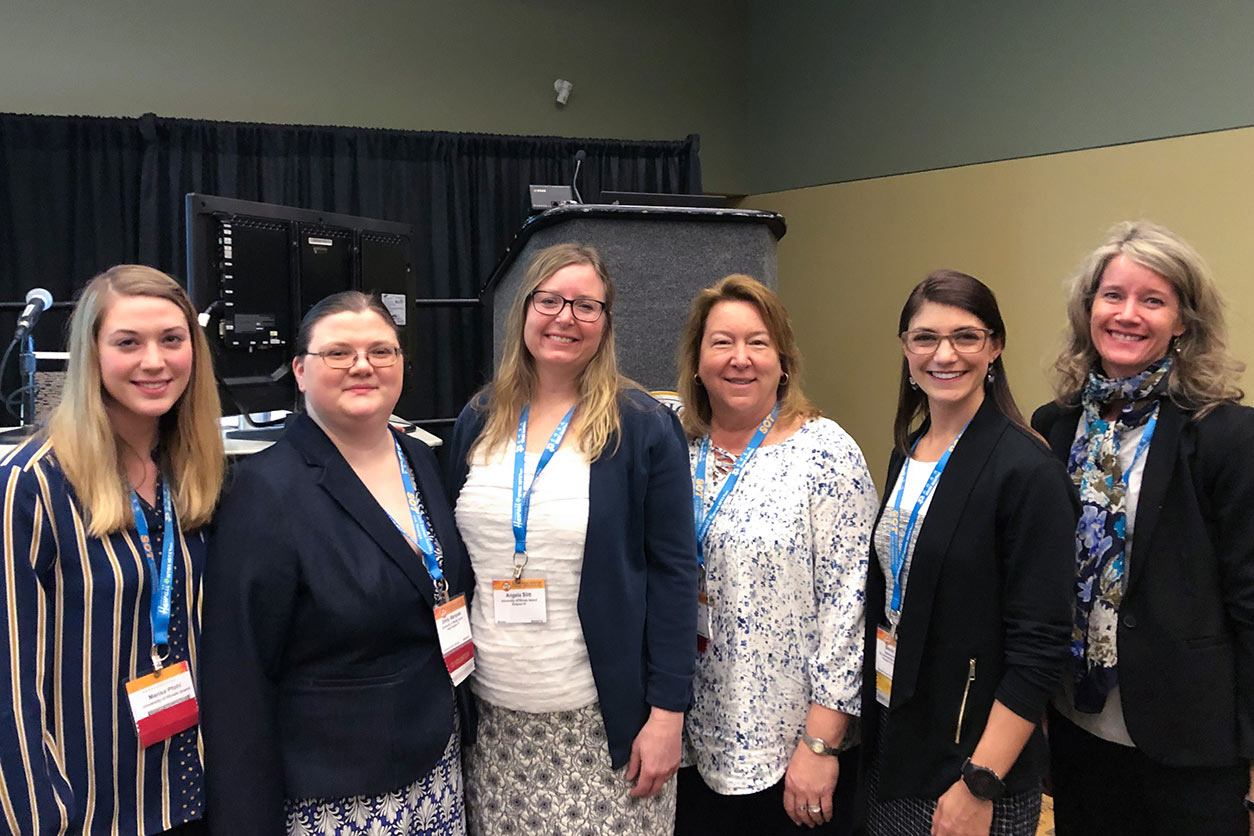 From right, Heacock, Blake, Fenton, Superfund Research Program grantee Angela Slitt, Ph.D., from the University of Rhode Island (URI), and Emily Marques and Marissa Pfohl, trainees from URI, took a moment from their packed schedules to take a photograph together. (Photo courtesy of Michelle Heacock)
From right, Heacock, Blake, Fenton, Superfund Research Program grantee Angela Slitt, Ph.D., from the University of Rhode Island (URI), and Emily Marques and Marissa Pfohl, trainees from URI, took a moment from their packed schedules to take a photograph together. (Photo courtesy of Michelle Heacock)Early career toxicologists take on PFAS
NTP toxicologist Sue Fenton, Ph.D., chaired a session on per- and polyfluoroalkyl substances (PFAS), which were another hot topic in Baltimore. To help foster development of early career toxicologists, all the presenters were graduate students or postdoctoral fellows.
NTP postdoctoral fellow Anika Dzierlenga, Ph.D., kicked off the panel. “My research focused on liver and thyroid endpoints,” she said, explaining that the NTP studies came about due to widespread exposures and environmental persistence. Dzierlenga studied outcomes like thyroid hormone levels, gene expression levels, and blood concentrations of PFAS in rats. Full data tables from the study are posted on the NTP website.
The news from leadership
In separate talks, Brian Berridge, D.V.M., Ph.D., and Warren Casey, Ph.D., discussed their leadership of NTP and the NTP Interagency Center for the Evaluation of Alternative Toxicological Methods (NICEATM), respectively.
“I think that we are sitting at a really interesting place,” Berridge said of NTP. “We have significant evolving needs but also incredible growing opportunities. We’re starting to focus on precision in the way that we do toxicology.”
Casey discussed the Interagency Coordinating Committee on the Validation of Alternative Methods (ICCVAM) roadmap, developed by U.S. federal agencies and stakeholders. The roadmap seeks new approaches to safety and risk assessment of chemicals that reduce the use of animals in toxicity testing.
“Everyone is fully committed to making this work,” said Casey. “It’s so refreshing to see industry, agencies, and other stakeholders having an open dialogue about this issue.”
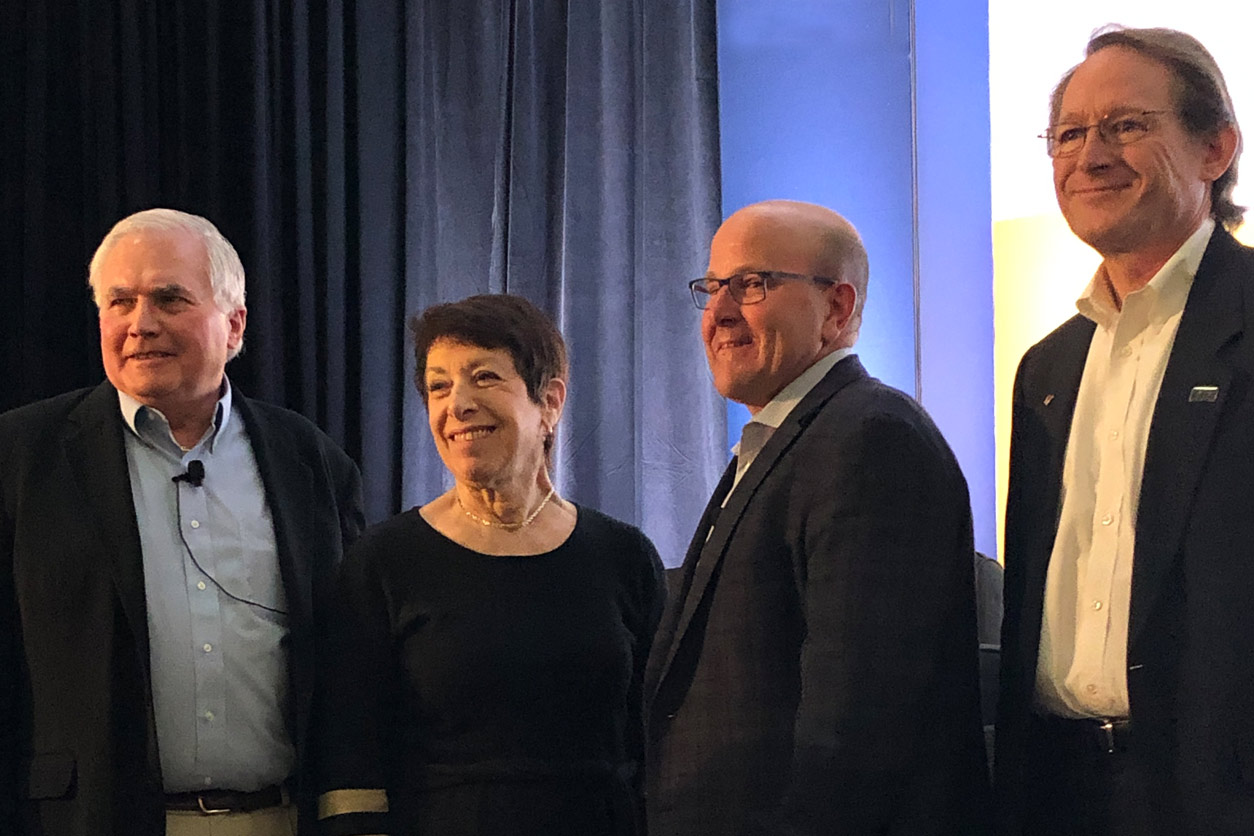 From left, SOT Vice President Ronald Hines, Ph.D., greeted directors and session participants Birnbaum; Tim Watkins, from EPA; and Mark Johnson, Ph.D., from the Army Public Health Center. (Photo courtesy of Sheena Scruggs)
From left, SOT Vice President Ronald Hines, Ph.D., greeted directors and session participants Birnbaum; Tim Watkins, from EPA; and Mark Johnson, Ph.D., from the Army Public Health Center. (Photo courtesy of Sheena Scruggs)Birnbaum then joined directors from the Department of Defense and the U.S. Environmental Protection Agency (EPA), in a Meet the Directors Q&A session. Questions ranged broadly, from how NIEHS tackles assessment of mixtures in exposure science, to what contaminants are emerging as public health concerns and how the institute prioritizes this research.
NIH grant tips
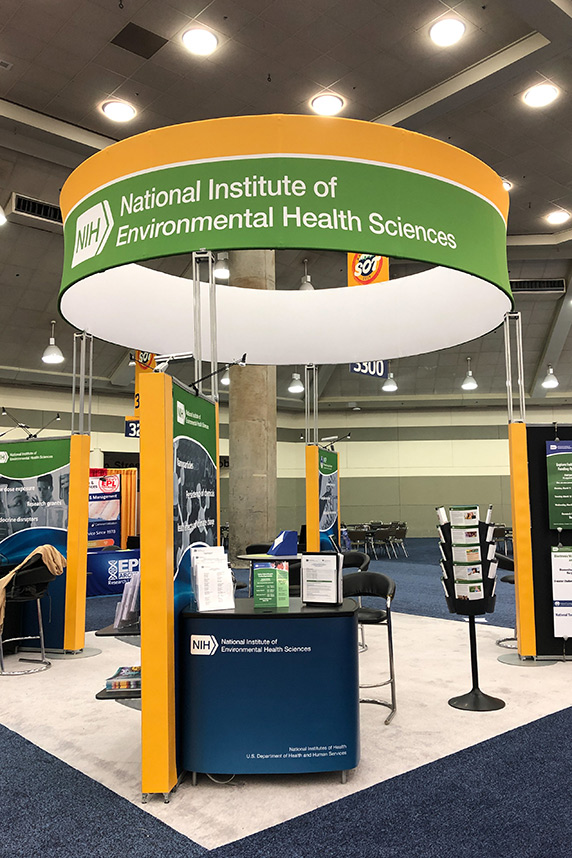 The NIEHS and NTP exhibit booth hosted staff and offered hands-on demonstrations to conference attendees. (Photo courtesy of Sheens Scruggs)
The NIEHS and NTP exhibit booth hosted staff and offered hands-on demonstrations to conference attendees. (Photo courtesy of Sheens Scruggs)Throughout the conference, NIEHS program officers were on hand so current and prospective grantees could stop by and ask questions. Program director Mike Humble, Ph.D., and NIEHS grantee James Luyendyk, Ph.D., shared concrete ideas for improving NIH grant applications. “Seek out and maintain mentors,” Luyendyk said.
At the exhibit booth, other NIEHS and NTP staff answered more questions from attendees on funding, fellowships, training, and children’s activities. NTP staff also provided hands-on demonstrations of the Integrated Chemical Environment (ICE) and Open Structure-Activity/Property Relationship App (OPERA) databases.
(Sheena Scruggs, Ph.D., is the Digital Outreach Coordinator in the NIEHS Office of Communications and Public Liaison.)





